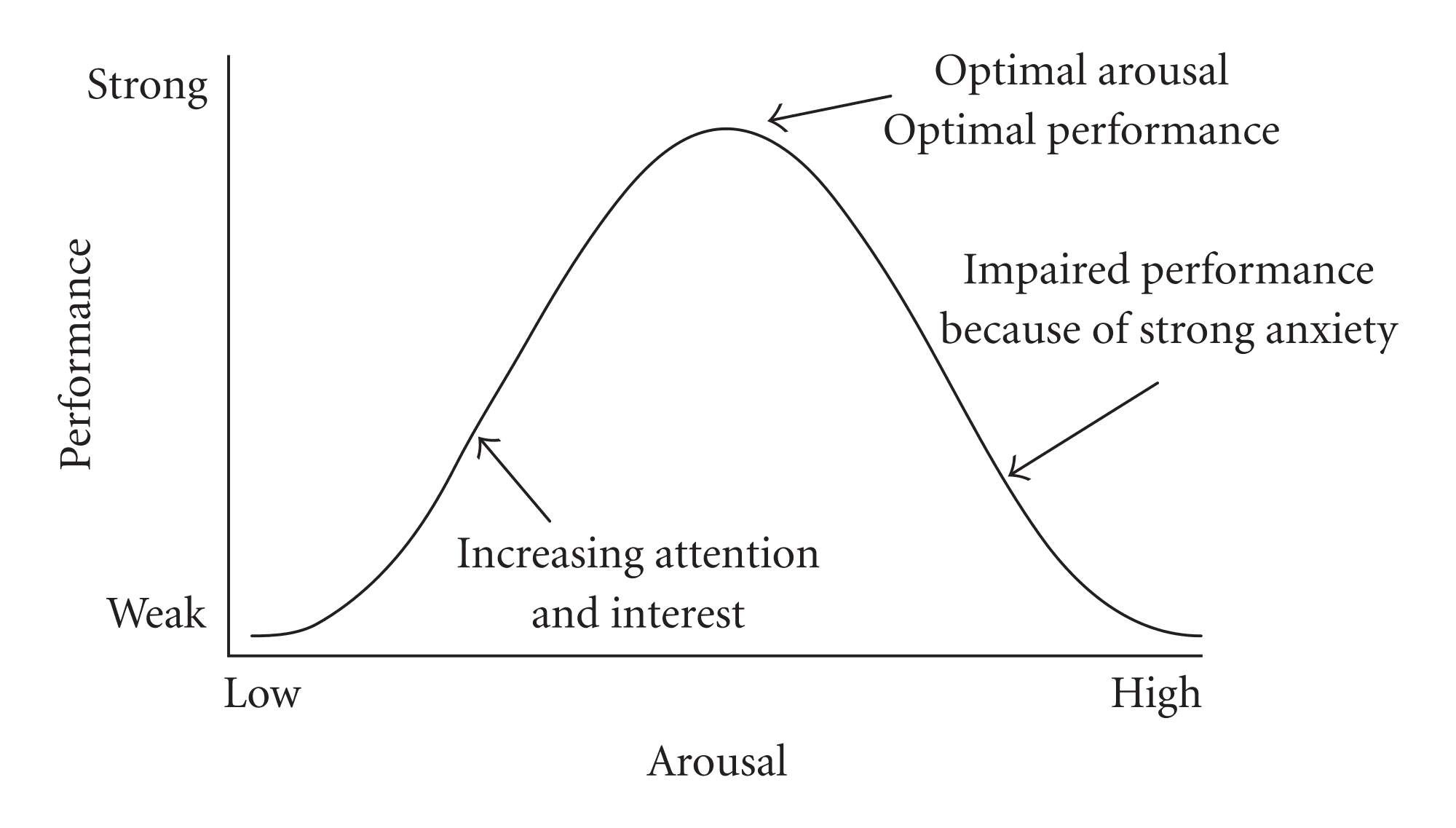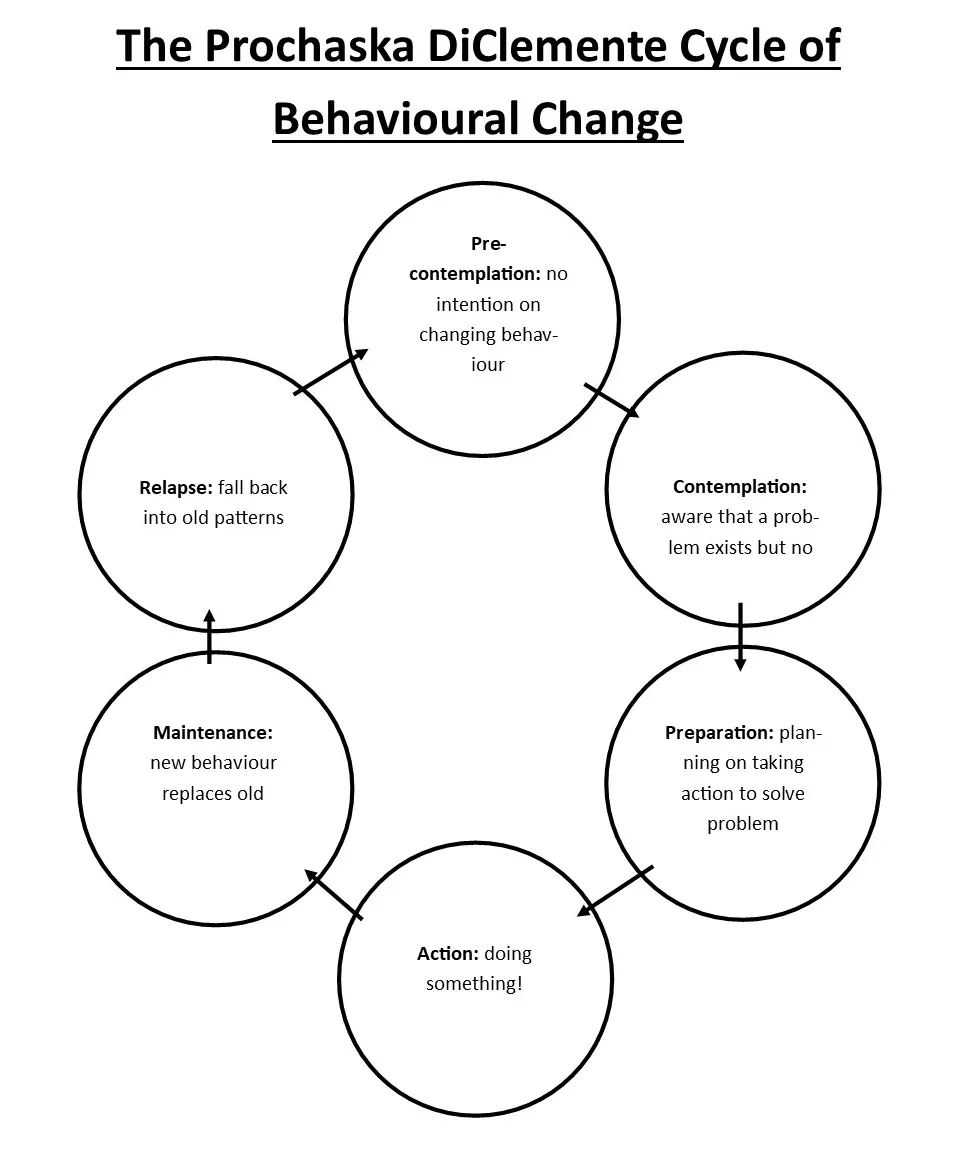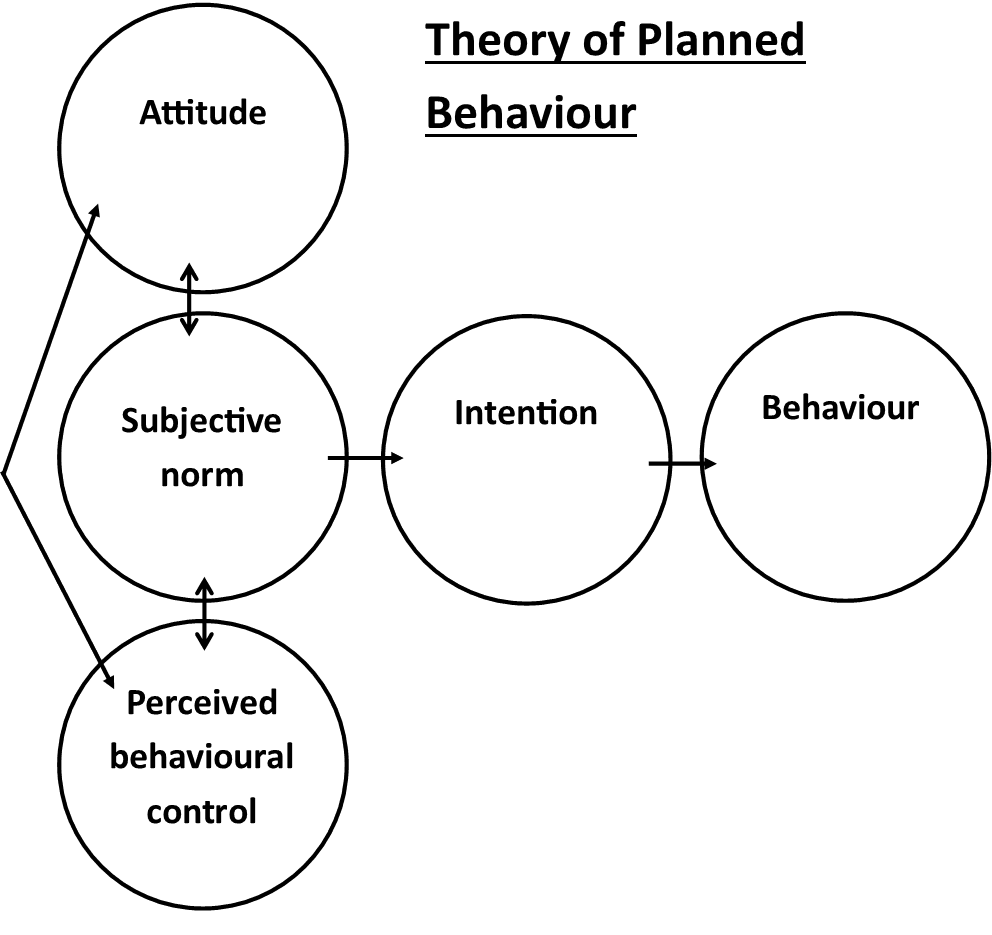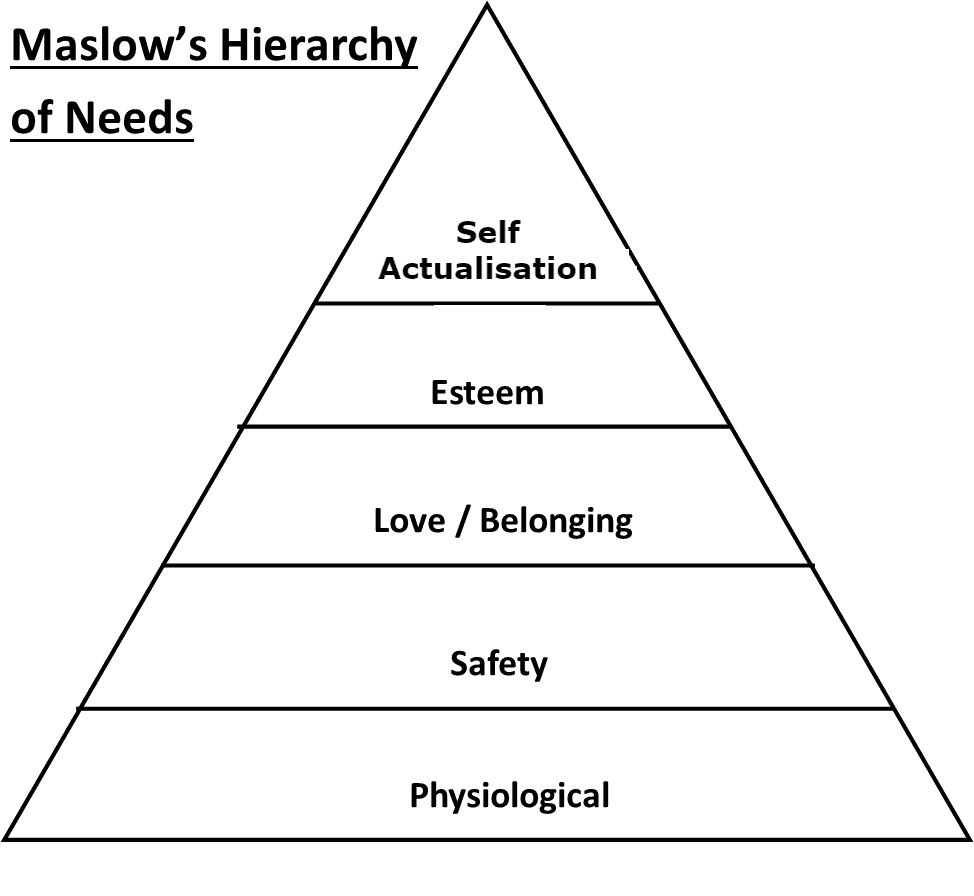By Dr. Alan Penney and Dr. Helen Zakour (Guest Authors)
Abstract
- Lifestyle Medicine can be split into 4 core sub-sections: Mental health. Exercise. Nutrition. Spirituality.
- Mental health issues are known to affect medical professions commonly. The Yerkes-Dodson law shows that increased stress can lead to higher performance, but this relationship is a bell-curve. After a certain point, increased stress reduces productivity and can cause other severe side-effects and mistakes.
- There are weekly guidelines for exercise that the NHS suggests to improve mental and physical well-being.
- Eating can be done 'mindfully' to savour taste and increase the feeling of fullness. This can have a positive physical and mental effect.
- Spirituality is about connecting to life on a deeper level than normal. It can help support people with difficulties throughout their lives.
Core
Lifestyle medicine? Do you mean the opportunity to skip-over-and-move-onto-something-else medicine?
You wish!
Lifestyle medicine is on the rise and is fast spreading throughout the teaching agenda of the UK’s medical schools. In 2018, Leicester Medical School in the UK officially made it part of their curriculum. It is inevitable that other institutions will follow.
The purpose of this article is to cut out the waffle that topics related to the theme so often have. It promises to deliver what you need to know in a concise, efficient manner to aid as an invaluable revision tool. It is also here to help to educate you, the reader, a little more on things you might be able to do to help improve your lifestyle.
We’ll begin by splitting the unit into four sub-sections.
Mental health. Exercise. Nutrition. Spirituality.
Let’s start with mental health.
Key Definitions:
Burnout – a state of mental and physical exhaustion related to work or care-giving activities.
Mindfulness – paying attention in a particular way: on purpose, in the present moment and without judgement.
Cognitive behavioural therapy (CBT) – a talking therapy that can help to change the relationship with negative thoughts, feelings and associations.
Allostatic load – wear and tear on the body caused by prolonged stress.
Motivational interviewing – motivation to change is elicited from the individual
Life in the medical field can be gruelling at the best of times. It is unsurprising that those in the medical profession are more likely than the general public to suffer from burnout and depression. This is especially alarming when you consider that this increases the risk of making medical errors by 6.2 fold.It is therefore really important to understand these feelings, be able to recognise them, and to be able to seek help. This applies to recognising these feelings in oneself, in collegues, and in patients.
The Yerkes-Dodson Law can be applied to an individual to determine the effect that stress has on performance. It is similar to the more widely known stress-performance curve. It shows how small amounts of stress can be helpful, increasing performance, but how increasing levels of stress can impair performance. The danger of sliding too far to the right of the curve is an increase in allostatic load - too much stress for too long a period of time can have physical manifestations on the body, known as allostatic load.
The Yerkes-Dodson Law

Figure: The Yerkes-Dodson Law in graph form.
Public Domain Image
Mindfulness can be used as a tool to reduce stress and reach the optimum level of productivity. It involves achieving a state of 'presence' in the moment, a period of time where the physical and emotional state of the body are considered without judgement and without a need to change them. Mindfulness is a way to appreciate where the body and the mind are at now, to allow growth in the future.
At the extreme end of stress, an individual may have to undergo cognitive behavioural therapy or motivational interviewing to try to help overcome this. It is important that medical professionals have an awareness of these techniques so they are able to better offer support to patients, collegues, and themselves.
Stress can sometimes present as a feeling of being overwhelmed, and a difficulty being productive. A part of helping to increase productivity involves setting goals. A goal can be said to be effective by following SMART:
S – specific - goals need to have a key aim which is clearly laid out.
M – measurable - goals need a measurement strategy to track progress.
A – attractive / appropriate - goals need to be something that will actually have some use.
R – realistic - goals need to be possible.
T – timely - goals need to have a realistic time limit.
By following SMART goals the risk of relapsing into the overwhelming feelings of uncontrolled stress are reduced, and this will reduce the chance of missing the intended target and going endlessly around the Prochaska DiClemente cycle of behavioural change.

Figure: The Prochaska DiClemente Model of Behavioural Change.
SimpleMed Original by Alan Penney
Key Defintions:
CRF – cardiorespiratory fitness
Everyone knows that exercise is a fundamental component of ensuring quality physical and mental health. Yet only 39% of men and 29% of women are meeting the guidelines:
NHS weekly guidelines for 19-65 year olds:
150 mins of moderate aerobic exercise + strength exercises on 2 or more days that work all the major muscle groups
Or
75 mins vigorous activity + strength exercises of 2 or more days that work all the major muscle groups
One side effect of doing minimal physical activity is the increased risk of sliding up the BMI scale.
BMI = Weight (kg) / Height (m) x Height (m)
- Underweight: <18.5
- Normal: 18.5 – 24.9
- Overweight: 25 – 29.9
- Obese: 30 – 39.9
- Severely obese: >39.9
For more information about BMI, please see our article on Nutrition, Diet and Body Weight.
With this in mind, why are so few people meeting the recommended weekly guidelines? The inability to follow up your initial intentions can be mapped via the Theory of Planned Behaviour. This shows that there are many things that can prevent people from doing as much exercise as they should.

Figure: The Theory of Planned Behaviour modelled to show how eventual behaviour is based upon a number of factors.
SimpleMed Original by Alan Penney
Key Definitions:
Confounding factors – something that affects the outcome and variables defined in the study
Weight stigmatisation – negative attitudes or stereotypes against the obese and any subsequent prejudice or discrimination
It is well documented that eating more calories than are burnt can increase BMI, but why do we eat so much? For nutrition, hunger, boredom, comfort, conformity, taste, impulse, time, cultural influences …
In order to control how much you’re eating, it is important to eat mindfully. This involves using the SMART goal for weight management, eating slowly, using a smaller plate and proper portioning. Simply removing distractions and paying attention to the taste sensation can have a massive impact on your eating speed and awareness of feeling full. Mindful eating is especially effective in patients combating eating disorders.
It is also important to ensure that all nutrients that the body needs are being supplied by the body: it is no use losing lots of weight if it makes the patient deficient in key vitamins or minerals. Eating a balanced diet is just as important as portion control.
Many GPs are introducing 30 second chats at the end of consulations to improve patients’ diets. It has been shown that even a small intervention such as this can be beneficial to prompt patients to change the path of their eating habits.
Key Definitions:
Transcendent – relating to the spiritual realm
Value-guidance – adding structure to your life
Spirituality is about connecting to life on a deeper level than normally would occur day to day. It can be helpful when considering all of the other things mentioned previously in this article. It is widely acknowledged that this is best achieved via doing 5 things:
- Connect
- Keep learning
- Take notice
- Give
- Be active

Public Domain Image
Even when there is no hope for a patient on a physical level, there are opportunities for improvement on a spiritual one. This means that a patient who is not able to make huge changes to (for example) their exercise levels, they can make changes to how they view themselves through spirituality, which can help them to make the changes in the future.
On a day-to-day basis, Maslow’s Hierarchy of Needs can be applied to ensuring that these five rules can be met.

Figure: Maslow's Hierarchy of Needs highlighting the categories of what people need each day.
SimpleMed Original by Alan Penney
Whilst it is important to recognise the importance of reaching out to patients, it is also important to appreciate the difference between isolation and solitude. Whilst we should be continuously moving against isolation, solitude is a necessity among all us, albeit in varying proportions.
As May Sarton says, ‘Loneliness is the poverty of self; solitude is the richness of self’.
Spirituality is connected to the physical self in roots that we are only just starting to unravel. For example, low spirituality is related to decreased wound healing, sleep deprivation and cardiovascular stimulation. This means that being more connected to ones' spirituality can have wide-reaching effects, and drastically improve physical and mental health in the future.
This area of medicine will without doubt become a focus of attention over the near-future. As clinicians it is vital that we stay updated and ensure that we are continously learning about topics that may faze us or that may slip under our view.
For now, though, be sure to stay mindful, and to look out for yourself!
Reviewed by: Dr. Marcus Judge
Edited by: Dr. Maddie Swannack
- 8075

